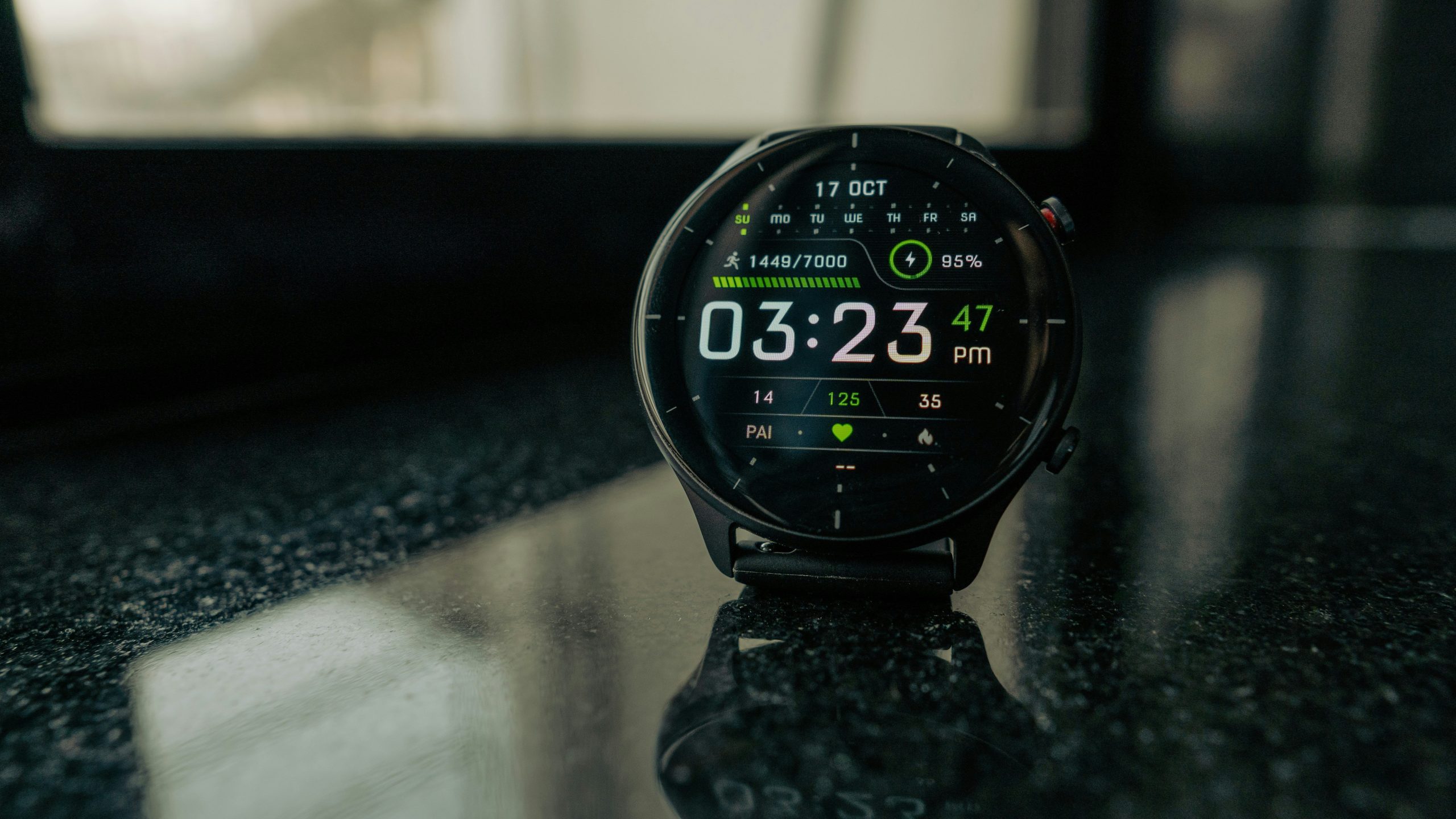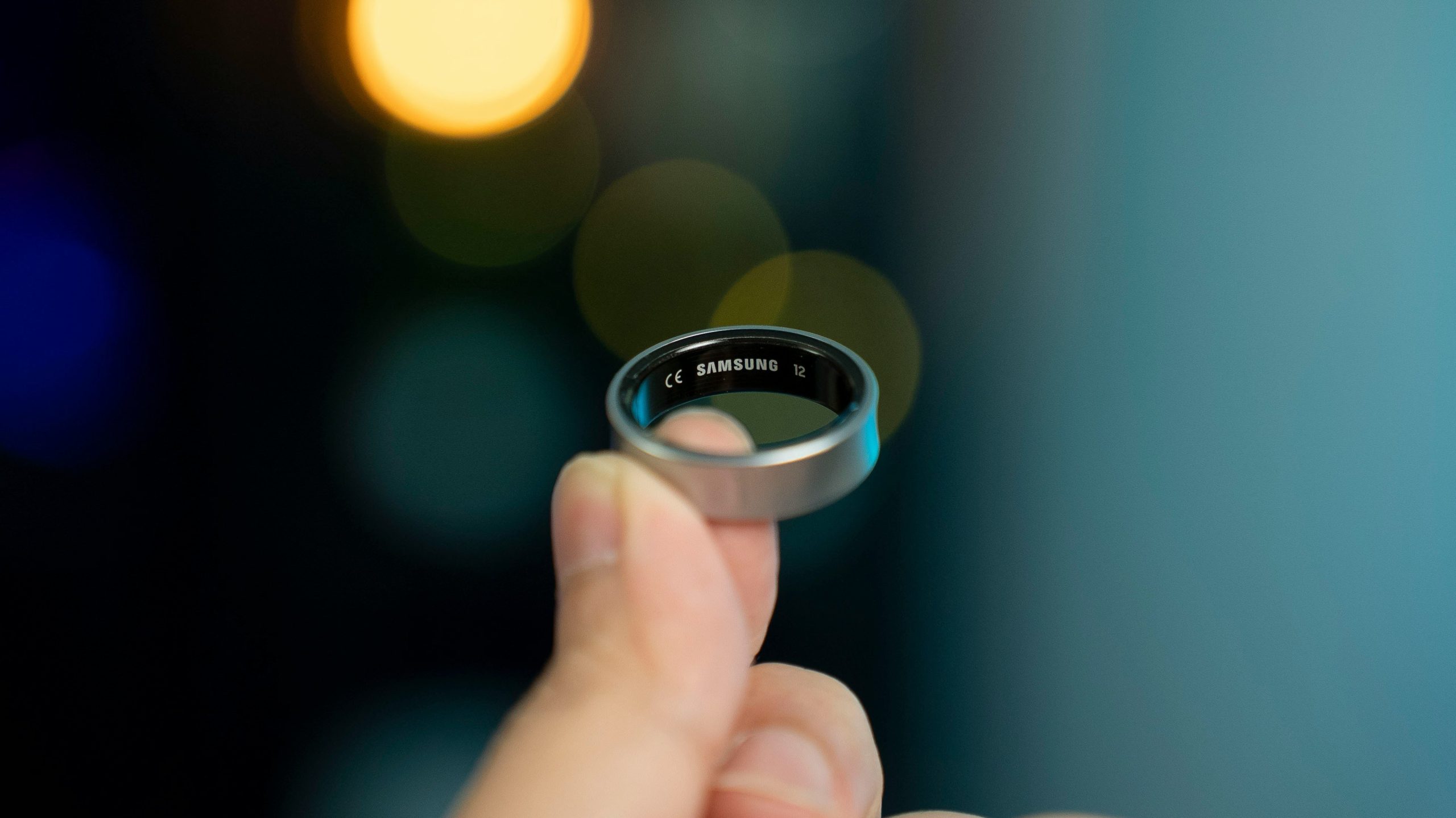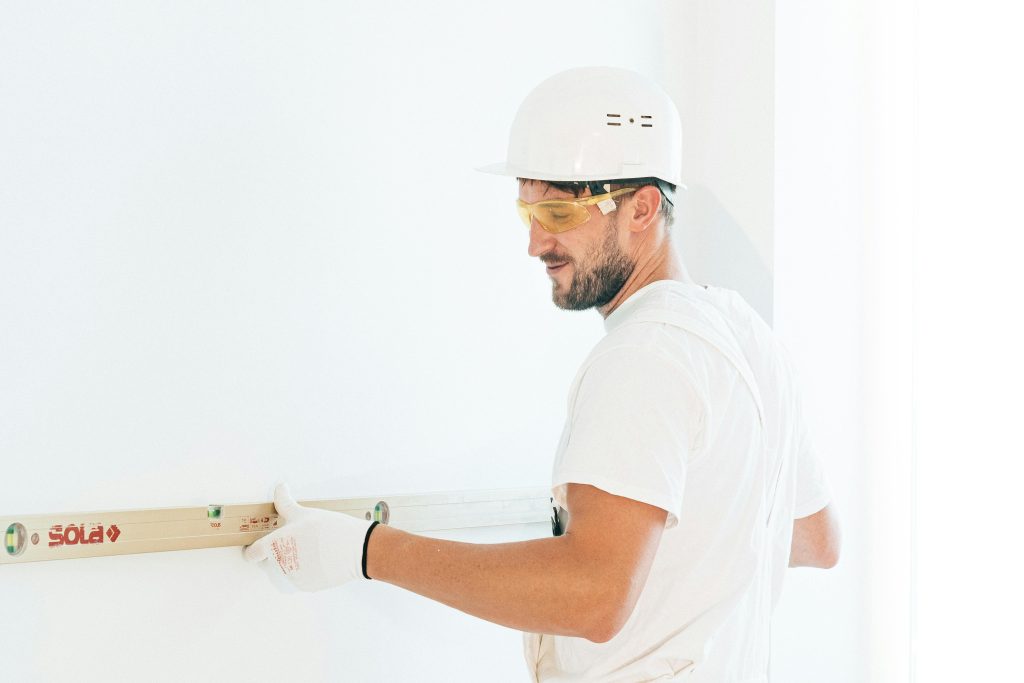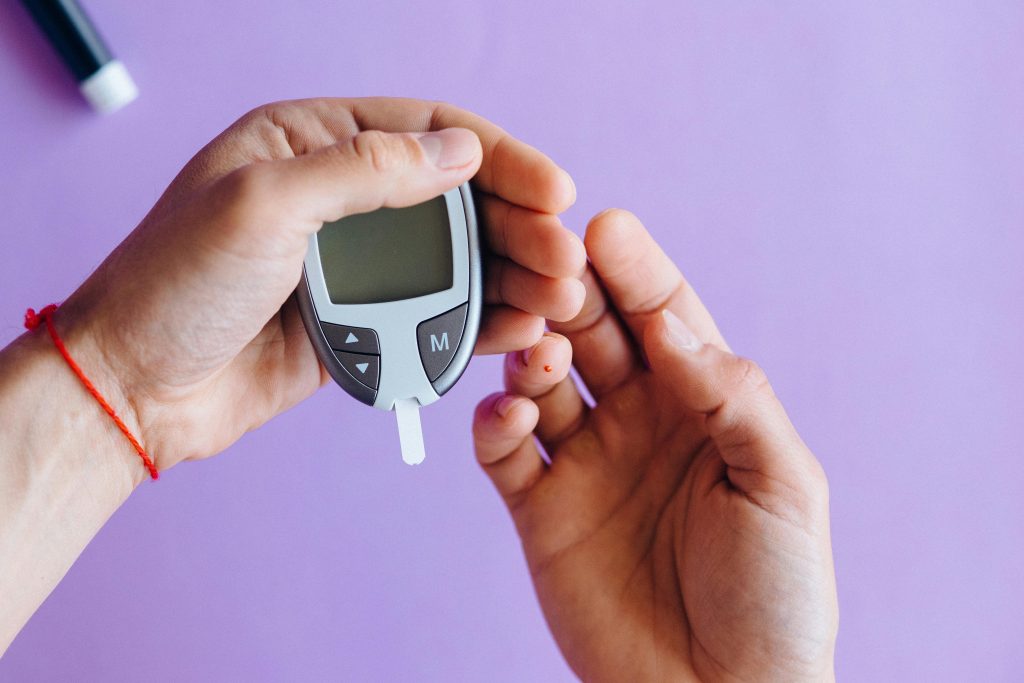Ever wondered if your watch altimeter could fail you at 10,000 feet? Picture this: You’re hiking up a mountain, relying on your smartwatch’s altimeter to track elevation gain. Suddenly, the reading seems way off—was it user error, or does your altimeter need recalibration? Spoiler alert: It’s probably the latter.
In this guide, we’ll dive deep into altimeter sensor testing, uncover why accuracy matters for outdoor enthusiasts, and equip you with actionable steps to test and maintain your device. By the end of this post, you’ll know how to troubleshoot, calibrate, and maximize your watch altimeter so it never lets you down again.
Table of Contents
- Introduction to Watch Altimeters
- Step-by-Step Guide to Testing Your Altimeter Sensor
- Tips & Best Practices for Maintaining Accuracy
- Examples: Real World Success Stories
- FAQ: Common Questions About Altimeter Testing
Key Takeaways
- An altimeter sensor test ensures your device provides accurate altitude readings.
- Regular calibration can extend the lifespan and reliability of your wearable tech.
- Environmental factors like temperature and pressure affect altimeter performance.
Why Are Watch Altimeters So Important?
Watch altimeters are no longer just fancy gadgets—they’re essential tools for hikers, climbers, pilots, and adventurers alike. These devices use barometric pressure to estimate altitude, helping users make critical decisions about navigation, weather changes, and safety.

But here’s the kicker: even the best sensors can drift over time due to environmental conditions or hardware wear. That’s where an altimeter sensor test comes in—it helps identify issues before they become dangerous.
How to Perform an Altimeter Sensor Test
This step-by-step guide will walk you through testing and troubleshooting your altimeter sensor effectively.
Step 1: Choose a Known Elevation Point
To start, head to a location with a documented known elevation, such as:
- A local park bench near sea level
- A city landmark listed online (e.g., Statue of Liberty)
- A trailhead marked with precise coordinates
“Optimist You: ‘This sounds simple enough!’
Grumpy You: ‘Easy until Google Maps screws me over…'”
Step 2: Compare Readings
Check the displayed elevation on your watch against the documented value. If there’s a significant difference, move to Step 3.
Step 3: Recalibrate Using Tools
Most modern watches allow manual recalibration via their companion app. Follow these steps:
- Sync your watch to its app.
- Navigate to settings > Sensors > Altimeter Calibration.
- Input the correct elevation manually or let GPS assist.
Step 4: Re-test for Consistency
After recalibrating, repeat the process multiple times at different elevations to confirm the fix. This iterative approach is chef’s kiss for drowning errors!
Tips & Best Practices for Altimeter Maintenance
Tip #1: Avoid Extreme Conditions
High heat or cold can mess with barometric sensors faster than you’d think. Keep your watch out of ovens and Arctic expeditions unless necessary.
Tip #2: Regularly Update Firmware
Manufacturers frequently release updates that improve sensor algorithms. Don’t skip them!
Terrible Tip Disclaimer
Here’s one DON’T DO THIS advice: “Ignore calibration warnings because who needs precision anyway?” Yeah, don’t be that guy.

Real-World Examples of Altimeter Testing
Meet Sarah, an avid mountaineer from Colorado. Last year, she almost missed her summit attempt when her watch altimeter showed incorrect data during a climb. After running a DIY altimeter sensor test, she discovered her device needed recalibration and saved herself from potential danger.
FAQ: Common Questions About Altimeter Sensor Test
Q: How often should I run an altimeter sensor test?
A: Once every six months for casual users; monthly for professionals.
Q: Can water resistance impact my altimeter?
A: Absolutely! Moisture inside the casing disrupts barometric pressure readings.
Q: Is GPS better than barometric altimetry?
A: Both have pros and cons. Use both features simultaneously for redundancy.
Conclusion
We’ve covered everything from why an altimeter sensor test is crucial to step-by-step instructions, tips, and real-life examples. Now, armed with knowledge and actionable strategies, take control of your wearable technology’s accuracy and reliability.
Peaks rise sharp and proud—
Check twice, trust once: stay safe now.


